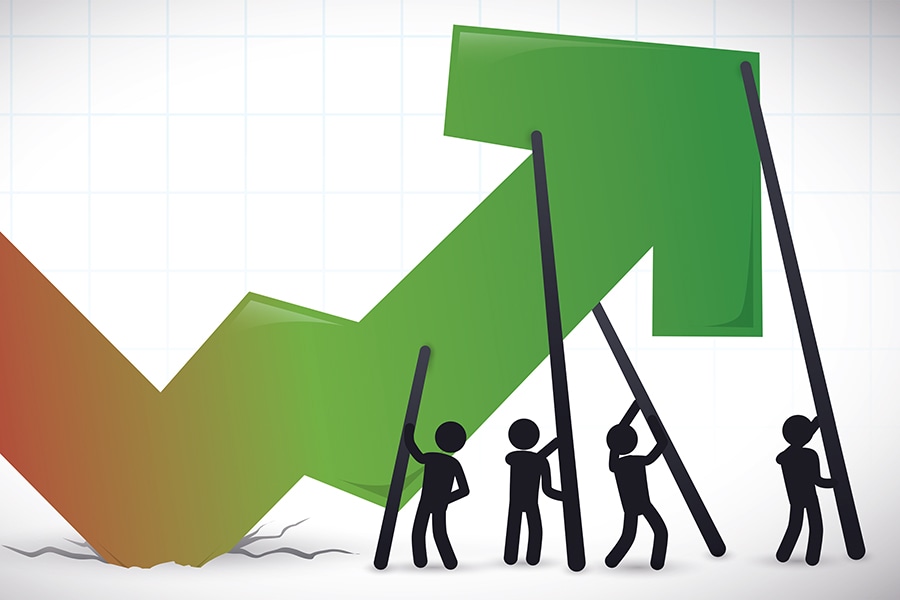
The Economic Revival Debate: Animal Spirits Are Back
India's economy is picking up speed, with revival in demand and business activity aiding the ongoing recovery

Image: Shutterstock
A raft of encouraging economic indicators suggest that the proverbial animal spirits are back. Are they? Forbes India presents two views. Read another view by HDFC Bank's Abheek Barua, here
Britannia Industries reported a 23.23 percent surge in consolidated net profit for the September 2020 quarter. Colgate saw a 26.6 percent rise in earnings before interest, taxes, depreciation, and amortisation (EBITDA),with a 540 basis point jump in margins to 31.8 percent.
Cement major ACC saw EBITDA rise by 20.47 percent to Rs671 crore in the September quarter, with EBITDA margin up 328 basis points at 19 percent. Another cement behemoth, Ultratech, reported a 113 percent surge in consolidated profit, a 30 percent rise in EBITDA and a 480 basis point rise in margins, to 26.6 percent. Overcoming challenges posed by the Covid-19 pandemic and lockdown, ICICI Bank posted a 549 percent increase in net profit at Rs4,251 crore for the September quarter, with credit card spends at 85 percent of pre-Covid levels. India's largest private sector bank, HDFC Bank, saw an 18.4 percent rise in profit, driven by a solid 15.8 percent surge in the retail loan book.
What these numbers from cement, fast moving consumer goods (FMCG) and banking indicate is that economic momentum in the last three months is gaining rapid traction. Net profit, which had declined by 74.7 percent in the June quarter, recorded a multi-fold increase in September 2020 quarter, at 263 percent sequentially, for a universe of 1,897 listed companies.





